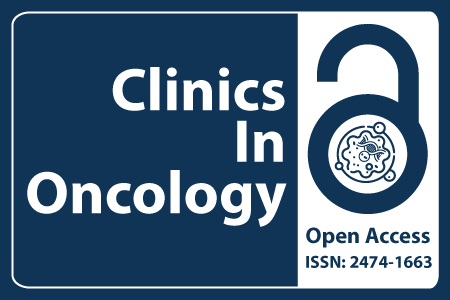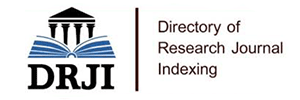
Journal Basic Info
**Impact Factor calculated based on Google Scholar Citations. Please contact us for any more details.Major Scope
- Thoracic Oncology
- Hormone Therapy
- Breast Cancer
- Haemato-Oncology
- Palliative Care
- Stomach Cancer
- Prostate Cancer
- Endometrial Cancer
Abstract
Citation: Clin Oncol. 2017;2(1):1308.DOI: 10.25107/2474-1663.1308
A Systematic Review of Concordance between Indocyanine Green and 99m Technetium Sentinel Lymph Node Identification in Melanoma
Stephanie L. Koonce, Martin I. Newman
University of Minnesota Medical School, USA
*Correspondance to: Stephanie L. Koonce
PDF Full Text Research Article | Open Access
Abstract:
Introduction: Radiocolloid 99mTechnetium with or without blue dyes is the most commonly employed method of identifying Sentinel Lymph Nodes (SLN) in melanoma staging. Indocyanine green (ICG) identification of SLN has been reported with equal or superior results and could avoid the use of a radioactive tracer. A systematic review and meta-analysis of the literature was performed.
Methods: A systematic review of the literature was performed identifying peer-reviewed articles examining the concordance between 99mTc and ICG in the identification of SLN in individuals undergoing SLN biopsy for melanoma. Only original study groups were included. The SLN false negative rate and identification rate were pooled according to radiocolloid, blue dye, ICG, or a combination.
Results: Between 1990 and 2016 a total of 14 studies were reported which met inclusion criteria. These studies included a total of 456 patients. The pooled SLN identification rate in patients using radiocolloid with or without blue dye was 1.94 (range 1.14-2.7). Using ICG the pooled SLN identification rate was 2.11 (range 1.1-2.67). Conclusions: Systematic review of the literature demonstrates no significant difference in SLN identification rate between ICG and 99mTc in melanoma patients. A prospective, randomized controlled trial comparing ICG to 99mTc to more definitively establish ICG as an alternative modality for SLN identification is recommended.
Keywords:
Cite the Article:
Koonce SL, Newman MI. A Systematic Review of Concordance between Indocyanine Green and 99m Technetium Sentinel Lymph Node Identification in Melanoma. Clin Oncol. 2017; 2: 1308.













